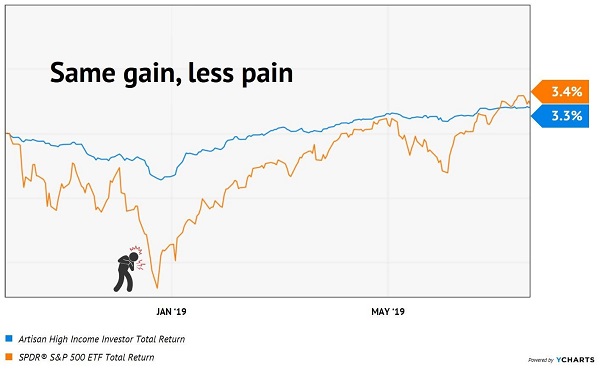Today I’m going to show you nothing less than a “dividend unicorn”: a closed-end fund (CEF) yielding 8.8% that’s raised its payout 24% in just the last six months. (And yes, it’s primed for many more hikes, too.)
Get this: because of the weirdness of the CEF market, this cash machine is still cheap today—trading at 13% off its “retail” price!
Let’s dive in.
I’m talking about the PGIM High Yield Bond Fund (ISD). It’s a smaller CEF (with just $552 million in assets). That small size helps set up our chance to buy cheap—and I’ll say more about why this deal exists in just a moment.… Read more



Recent Comments